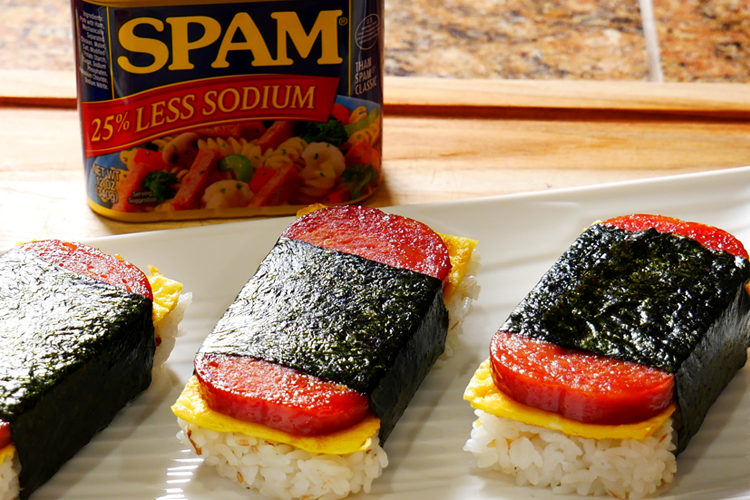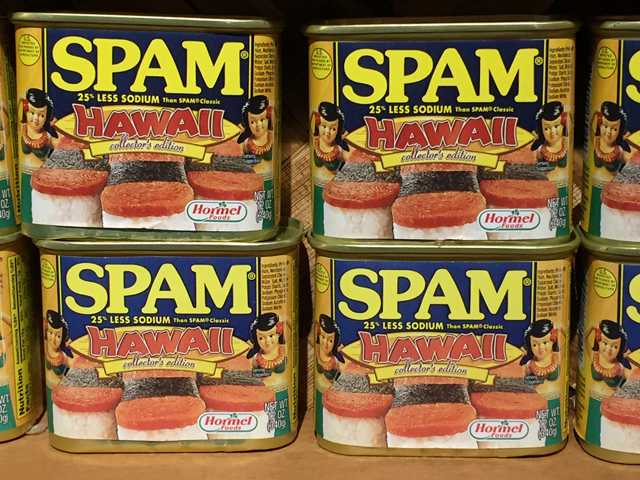
In the picturesque archipelago of Hawaii, where azure waves meet golden shores and vibrant flora dances in the tropical breeze, lies a culinary phenomenon that has captured the hearts and taste buds of its residents: Spam. While seemingly peculiar to outsiders, the Hawaiian obsession with this canned meat delicacy runs deep and holds a unique place in the islands’ cultural fabric. This article delves into the rich history, cultural significance, and varied culinary applications of Spam in Hawaii, unraveling the enduring bond between the islands and this iconic food.
To comprehend the Hawaiian love affair with Spam, one must delve into its historical roots. Introduced to the islands during World War II, when the military presence surged, Spam became a reliable source of sustenance for soldiers. Its long shelf life, affordability, and versatility made it an ideal choice in a time of rationing. As soldiers shared their rations with locals, Spam ingrained itself in the collective memory of the Hawaiian people, becoming a symbol of resilience and unity.
Beyond its historical significance, Spam has evolved into a cultural icon in Hawaii. Its popularity stems from its ability to adapt and integrate into traditional Hawaiian cuisine, forging a unique fusion of flavors. From musubi, a delightful marriage of Spam and rice wrapped in seaweed, to Spam fried rice and Spam loco moco, a dish featuring rice, a hamburger patty, gravy, and a sunny-side-up egg, the local culinary scene thrives on Spam’s presence. Embraced by both locals and visitors alike, Spam symbolizes the diverse cultural influences that have shaped Hawaii over the years.
Hawaii’s obsession with Spam extends far beyond traditional dishes. The islands’ renowned chefs and home cooks have unleashed their creativity, experimenting with new and innovative ways to incorporate Spam into their culinary creations. From Spam-flavored macadamia nuts to Spam-infused sushi rolls, the possibilities seem endless. This culinary ingenuity not only showcases the versatility of Spam but also highlights the Hawaiian people’s ability to infuse their culture with a touch of playfulness.

To celebrate this beloved culinary staple, Hawaii hosts the annual Spam Jam festival, a vibrant extravaganza that brings together locals and visitors in a collective appreciation of all things Spam. Streets come alive with live music, vibrant performances, and an array of food stalls serving creative Spam-inspired dishes. This festive gathering embodies the spirit of Hawaii’s love affair with Spam, showcasing its enduring popularity and the profound impact it has on the islands’ cultural landscape.
While the fascination with Spam in Hawaii may seem perplexing at first glance, understanding its historical roots, cultural significance, and culinary adaptability sheds light on the enduring bond between the islands and this iconic canned meat. As Hawaii continues to celebrate its unique blend of cultures and traditions, Spam remains an integral part of the local identity, perpetuating a love affair that shows no signs of waning. So, the next time you visit the enchanting shores of Hawaii, don’t be surprised to find yourself captivated by the allure of Spam—a culinary romance unlike any other.